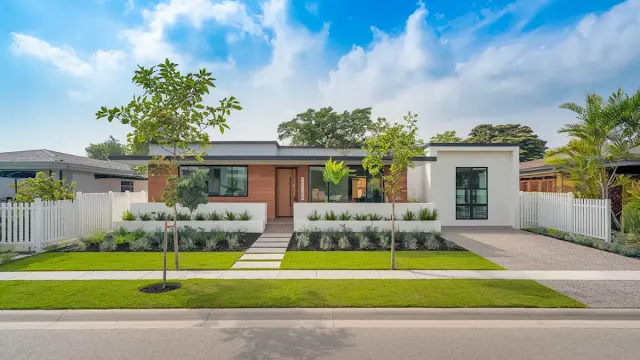Energy-Efficient Upgrades That Save Money
Upgrading your home with energy-efficient solutions is not only environmentally friendly but also a smart way to cut costs. By making strategic improvements, you can reduce utility bills and increase the comfort of your living space.
Energy-Efficient Upgrades That Save Money
This guide highlights energy-efficient upgrades that save money and improve your home's overall value.
1. Switch to LED Lighting
LED bulbs use 75% less energy than traditional incandescent bulbs and last up to 25 times longer. Replacing all the lights in your home with LEDs can result in significant energy savings.
- Benefits:
- Lower energy consumption.
- Reduced heat emission.
- Longer lifespan, reducing replacement costs.
2. Install a Smart Thermostat
Smart thermostats allow you to control the temperature of your home remotely and schedule heating and cooling to match your lifestyle.
- Benefits:
- Reduces unnecessary heating/cooling.
- Can lower energy bills by up to 15%.
- Provides real-time energy usage insights.
3. Upgrade to Energy-Efficient Appliances
Old appliances are energy hogs. Modern energy-efficient appliances, labeled with ENERGY STAR ratings, consume less electricity and water.
- Examples:
- Refrigerators.
- Washing machines.
- Dishwashers.
- Tip: Look for appliances with high efficiency ratings to maximize savings.
4. Seal and Insulate Your Home
Proper insulation prevents heat from escaping during winter and keeps cool air inside during summer.
- Key Areas to Insulate:
- Attic.
- Walls.
- Floors.
- Doors and windows (use weather stripping and caulking).
- Result: Enhanced comfort and up to 20% savings on heating and cooling costs.
5. Invest in Solar Panels
While the upfront cost can be significant, solar panels offer long-term savings by reducing or eliminating your electricity bills.
- Incentives:
- Federal and local tax credits.
- Net metering programs that pay you for excess power generated.
- Tip: Calculate your home’s solar potential before investing.
6. Use Low-Flow Fixtures
Low-flow showerheads and faucets reduce water consumption without sacrificing performance.
- Benefits:
- Saves water and reduces utility bills.
- Environmentally friendly by conserving resources.
7. Install Energy-Efficient Windows
Double or triple-pane windows with gas fills and special coatings minimize heat transfer, improving home insulation.
- Features to Look For:
- Low-E coatings.
- Argon gas fills.
- ENERGY STAR certifications.
- Savings: Reduces heating and cooling costs by 10-25%.
8. Optimize HVAC Systems
Maintaining your heating, ventilation, and air conditioning (HVAC) system ensures it runs efficiently.
- Tips:
- Schedule regular maintenance.
- Replace air filters every 1-3 months.
- Upgrade to an energy-efficient HVAC unit.
9. Install a Tankless Water Heater
Tankless water heaters provide hot water on demand, eliminating the energy wasted by keeping a tank of water heated.
- Advantages:
- Energy savings of 20-30%.
- Longer lifespan than traditional water heaters.
10. Utilize Energy-Efficient Landscaping
Strategically placed trees and shrubs can provide natural shading, reducing cooling costs.
- Techniques:
- Plant deciduous trees on the south and west sides.
- Use windbreaks to shield against cold winds.
- Result: Lower heating and cooling expenses.
Conclusion
Investing in energy-efficient upgrades not only reduces your utility bills but also adds value to your home. Start with small changes like LED lights and low-flow fixtures, and gradually move towards larger investments like solar panels or energy-efficient appliances. Over time, these improvements will pay for themselves through lower energy costs and a more comfortable living environment.

